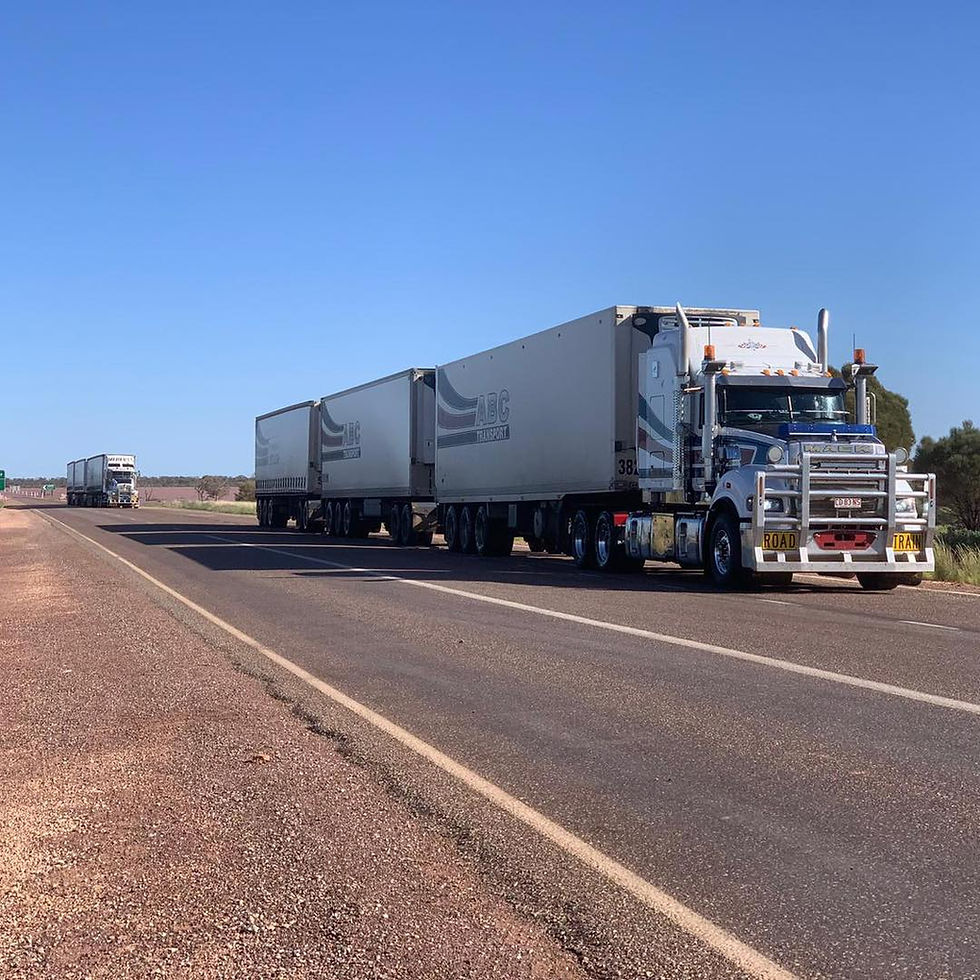Green hydrogen is not the solution to the energy crisis
- John McDonnell
- Oct 17, 2021
- 3 min read

Last Thursday, Twiggy Forrest addressed the Press Club. He berated the prime minister for not endorsing the zero emission by 2050 target and accused him of “copping out” on the Glasgow climate conference. He rejected the idea of nuclear power as a source of baseload energy on the basis that fissile material could fall into the hands of terrorists. And he extolled the virtues of green hydrogen as a replacement for fossil fuels.
Dr Forrest, who has a PhD in marine science, made much of his scientific qualifications but this doesn’t appear to extend to a knowledge of physics.
Had it done so, he would have realised that the material in small modular reactors is either nuclear waste from other reactors or low-grade enriched uranium which cannot be used to make nuclear weapons. It is more likely terrorists would get their enriched uranium from a rogue state with enrichment capabilities than from a small modular reactor.
Dr Forrest says that he plans to invest $1 billion in a plant to make electrolysers at Gladstone in Queensland. These electrolysers will be made from green steel produced by using solar power. They will be sold to New South Wales' energy minister Matt Kean’s green hydrogen hub in NSW to make green hydrogen, that in turn will hypothetically create tens of thousands of jobs to replace those lost by the termination of the coal industry.
This idyllic economic picture explains why the Nationals are sceptical about proposals to meet net zero emissions. They don’t believe these hypothetical jobs are real and that the private sector will rush to invest in green hydrogen.
The first issue with green hydrogen is that it requires enormous amounts of electricity to crack water into hydrogen and oxygen. In terms of the power grid, there are questions about how much solar and wind power, that would normally go into the grid to keep the lights on, will be used to create hydrogen.
The other issue relates to the use of hydrogen to produce baseload power. When hydrogen is burnt it produces water vapour, which is a greenhouse gas.
The other proposed use of hydrogen is to power non-fossil fuel powered transport vehicles. This also produces water vapour.
The latest IPCC report says that water vapour is a particularly potent greenhouse gas. Analysis by NASA’s climate change unit confirms this. It says:
“Water vapor is known to be Earth’s most abundant greenhouse gas, but the extent of its contribution to global warming has been debated. Using recent NASA satellite data, researchers have estimated more precisely than ever the heat-trapping effect of water in the air, validating the role of the gas as a critical component of climate change.
“Andrew Dessler and colleagues from Texas A&M University in College Station confirmed that the heat-amplifying effect of water vapor is potent enough to double the climate warming caused by increased levels of carbon dioxide in the atmosphere.”
So, if we are going to achieve zero emissions by 2050, we will need a new piece of technology, called for want a better name, water capture and storage.
This may explain why Dr Alan Finkel , who is leading the government’s research into hydrogen and the CSIRO, have been reluctant to proclaim green hydrogen the solution to everything, in the way Dr Forrest has been doing.
It may also explain why some of the Nats - who know a bit about engineering - won’t buy the idea that there is a plan to get to zero emissions just yet.






Comments